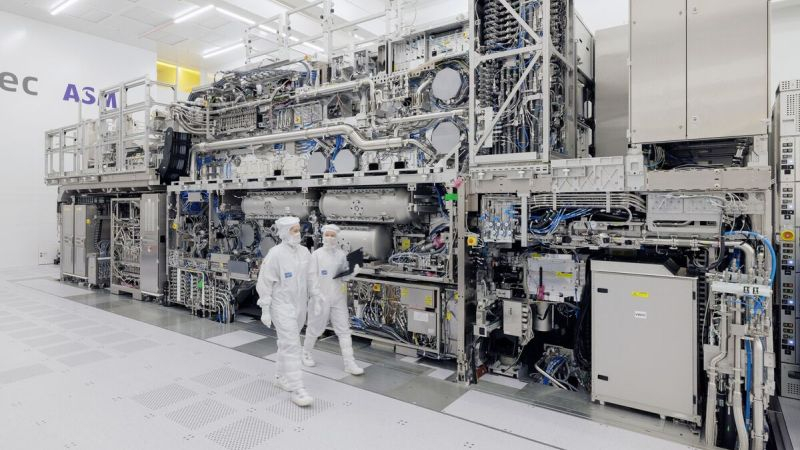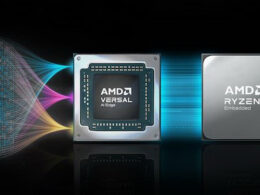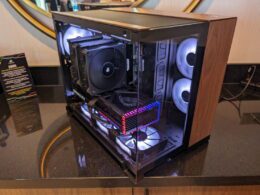Intel pledged to acquire as many High-NA EUV lithography scanners from ASML as it can this year. TSMC, however, has no intention of leveraging such equipment for its A16 process. Nevertheless, ASML maintains it can supply such systems to both TSMC and Samsung by year-end.
Bloomberg reported that ASML’s financial director, Roger Dassen, assured analysts the company could outfit its top three clients with lithography scanners by the end of 2024. First, Intel received its High-NA EUV system for its research center in Oregon last year. A system arrived at an ASML-directed research center in partnership with Imec. The third, ASML planned for its use.
TSMC declined detailed comments about receiving such equipment this year, emphasizing their deep vendor collaboration. The Taiwanese chip-maker’s concern was the linchpin: the High-NA EUV scanners’ hefty price tag of $380 million per system. The technology intrigued TSMC, and, by 2026, it plans to have mastered A16 technology, but High-NA EUV utilization won’t get green-lit for economic reasons. Intel, however, was projected by Jefferies to implement these tools for its A14 chips by 2028.
Intel plans to use these state-of-the-art lithographic scanners for its 14A technology chips, testing its application in Oregon’s research hub even under the Intel 18A protocol. But this technology mix won’t make it into large-scale production next year.
Jefferies predicts ASML will average a revenue of 5.7 billion euros each quarter, totaling 40 billion euros in the overall 2024 turnover. Samsung Electronics is the wild card in this scenario, expressly wishing to compete in the lithography sector while keeping cards close to its chest regarding High-NA plans.





